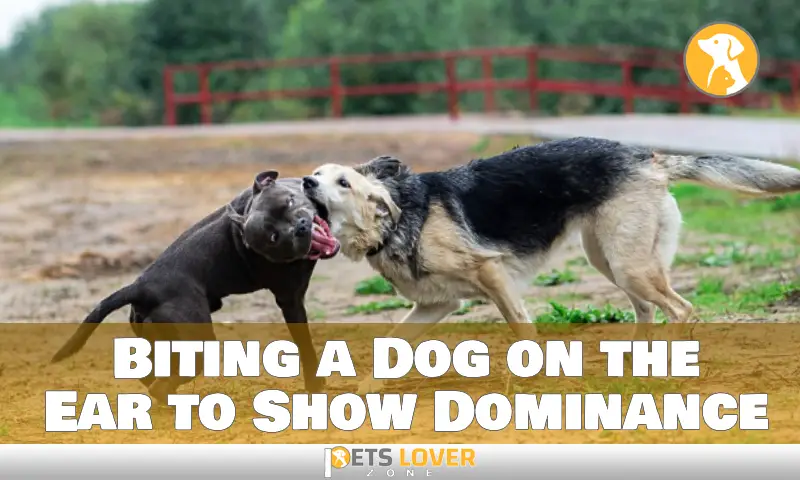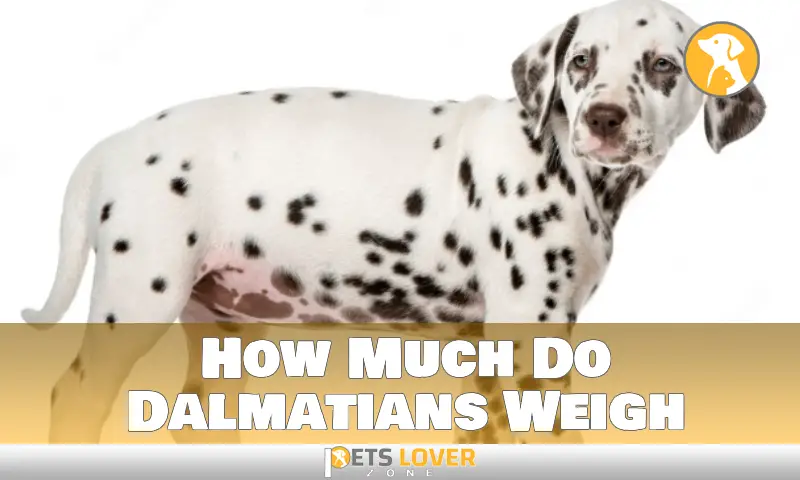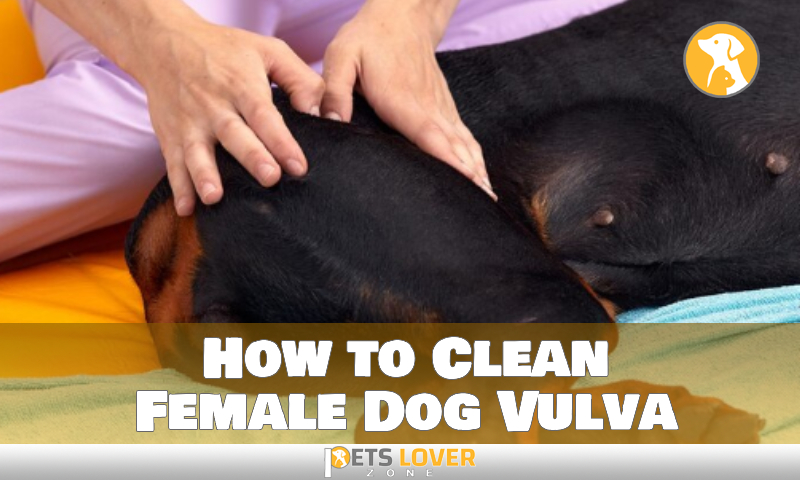To fatten up a dog after parvo, gradually increase their food portions and offer high-calorie, nutrient-dense meals. After recovering from parvo, dogs may have lost weight and need to regain strength and energy.
We will discuss effective strategies to help your dog gain weight after overcoming the parvovirus. We will also provide tips for selecting the right food, monitoring your dog’s progress, and ensuring their overall health and well-being during the recovery process.
By implementing these steps, you can support your dog’s post-parvo weight gain journey and help them regain their strength and vitality. So let’s dive in and explore how to fatten up a dog after parvo.
Understanding The Impact Of Parvo On A Dog’s Health
Parvo can have detrimental effects on a dog’s health, including weight loss and overall weakness. Refeeding a dog after it recovers from Parvo is crucial to replenishing its nutritional needs. Dogs recovering from Parvo require a balanced diet rich in essential nutrients to regain their strength.
Gradually increasing their food intake and providing high-quality protein sources can help them gain weight and rebuild their immune system. Offering small, frequent meals throughout the day can aid in digestion and the absorption of nutrients. Additionally, it’s important to consult with a veterinarian to determine the specific dietary requirements for a dog recovering from Parvo.
Adequate hydration should also be maintained by providing clean water at all times. By understanding the impact of Parvo on a dog’s health and following proper refeeding guidelines, we can help them regain their vitality and bounce back from this serious illness.
Steps To Safely Increase A Dog’s Weight After Parvo

Fattening up a dog after it has recovered from parvo requires careful steps to ensure its health. One should gradually increase the portions of food, avoiding any digestive issues. It’s important to choose high-quality and easily digestible dog food options.
Including protein-rich foods in their diet helps them build weight. By following these methods, the dog can gradually regain its weight in a safe and healthy manner. Remember, weight gain should be a gradual process to avoid overwhelming the dog’s digestive system.
It’s also essential to consult a veterinarian for professional guidance and advice. Through a balanced diet and proper care, your dog can regain its strength and vitality after recovering from parvo. So take the necessary steps to help them get back to their ideal weight and ensure their overall well-being.
Providing Proper Nutrition For Dogs After Parvo
Proper nutrition is vital for dogs recovering from parvo. Balancing carbohydrates, proteins, and fats is essential for healthy weight gain. Along with a balanced diet, supplementing with vitamins and minerals can support their recovery process. It’s important to consult a veterinarian, who may recommend specialized diets or supplements specific to the dog’s needs.
These additional measures can help improve their overall health and aid in the process of regaining lost weight. By providing the necessary nutrients and following professional advice, the dog can gradually recover its strength and vitality after battling parvo.
Ensuring A Healthy Appetite In Dogs After Parvo
Ensuring your dog’s healthy recovery after being diagnosed with Parvo is crucial. One important aspect is to establish a regular and consistent feeding schedule. By providing your dog with meals at the same time every day, you can help stimulate their appetite.
To make their food more appealing, consider using food toppings or appetizers that enhance palatability. These can entice your dog to eat and improve their overall nutrient intake. Additionally, it’s important to address any underlying medical conditions that may affect their appetite.
If your dog is still not showing interest in eating, consult your veterinarian to rule out any other health issues. Remember, patience and persistence are key when trying to fatten up a dog after Parvo.
Monitoring And Adjusting Food Intake As Needed
Monitoring and adjusting food intake as needed is crucial when trying to fatten up a dog after parvo. Regular weighing and tracking of the dog’s progress allows for an accurate assessment. It’s essential to consult with a veterinarian for guidance on adjusting food portions, as they can provide expert advice.
Making gradual changes to the diet based on the dog’s response ensures a safe and effective approach. By observing the dog’s behavior, appetite, and weight gain, adjustments can be made accordingly. Remember to remain patient throughout the process and follow the veterinarian’s guidance closely.
With consistent monitoring and adjustments, the dog’s health and weight should gradually improve.
Implementing Exercise And Activity For Weight Gain
After a dog has recovered from parvo, it’s important to gradually introduce exercise. This helps promote muscle development and avoid strain on the dog’s body. Engaging in low-impact activities is recommended. It’s crucial to monitor the dog’s energy levels and adjust the exercise routine accordingly.
By following these steps, you can safely and effectively help your dog gain weight after parvo.
Assessing The Dog’s Progress And Seeking Veterinary Support

Assessing the dog’s progress and seeking veterinary support is crucial in the post-parvo recovery phase. Recognizing signs of healthy weight gain and overall improvement is essential. Regular monitoring for potential setbacks or complications is necessary to ensure the dog’s well-being.
If any concerns arise, it is important to seek professional guidance and support from a veterinarian. Their expertise and knowledge can help navigate any challenges that may arise during the dog’s recovery journey. With their guidance, you can ensure that the dog’s weight gain progresses smoothly and any potential health issues are addressed promptly.
Remember to closely observe the dog’s condition, celebrate milestones, and seek professional help when needed. The road to recovery after parvo requires patience, dedication, and the support of a qualified veterinary team.
FAQ
What Is The Best Food For A Dog Recovering From Parvo?
The best food for a dog recovering from parvo is easily digestible and high in protein.
Does Parvo Make Dogs Skinny?
Yes, parvo can cause dogs to become skinny due to loss of appetite and vomiting.
How Do I Get My dog’s Appetite Back After Parvo?
To help your dog regain appetite after parvo: 1. Gradually reintroduce small, frequent meals to avoid overwhelming their system. 2. Offer highly palatable and easily digestible foods like boiled chicken and rice. 3. Ensure a quiet and stress-free eating environment for your dog.
Conclusion
In order to effectively fatten up a dog after parvo, it is important to follow a structured approach that includes proper nutrition, gradual exercise, and regular veterinary check-ups. This will ensure that the dog’s health is carefully monitored and any potential setbacks are addressed promptly.
Remember to choose high-quality food that is specifically formulated for weight gain and digestion. Implement a feeding schedule that includes multiple small meals throughout the day to prevent digestive overload. Gradually increase exercise to help build muscle and improve overall fitness.
Keep a close eye on the dog’s weight, body condition, and appetite, making adjustments as needed. Regular veterinary visits will help track progress and ensure the dog’s overall well-being. By following these steps, you can help your beloved furry friend regain their strength and lead a happy, healthy life.






